Predicting home delivery and identifying its determinants among women aged 15-49 years in sub-Saharan African countries using a Demographic and Health Surveys 2016-2023: a machine learning algorithm
- PMID: 39856651
- PMCID: PMC11760118
- DOI: 10.1186/s12889-025-21334-1
Predicting home delivery and identifying its determinants among women aged 15-49 years in sub-Saharan African countries using a Demographic and Health Surveys 2016-2023: a machine learning algorithm
Abstract
Background: Birth-related mortality is significantly increased by home births without skilled medical assistance during delivery, presenting a major risk to the public's health. The objective of this study is to predict home delivery and identify the determinants using machine learning algorithm in sub-Saharan African.
Methods: This study used design science approaches. The data set obtained from demographic health survey in sub-Saharan African weighted sample of 299,759 women was included in the stud. Machine learning models such as Random Forest, Decision Tree, K-Nearest Neighbor, Logistic Regression, Extreme Gradient Boosting, AdaBoost, Artificial Neural Network, and Naive Bayes were used. The predictive model was evaluated by area under the curve, accuracy, precision, recall, and F-measure.
Results: The final experimentation results indicated that random forest model performed the best to predict home delivery with accuracy (83%) and, ROC curve (89%). The Shapley additive explanation features an importance plot optimized for random forest model to identifying the most predictors of home delivery. Association rules findings showed that inadequate antenatal care visits, marital status married, no education, mobile phone, television, electricity, poor wealth index, infrequent television viewing, and rural residence were predictor of home delivery.
Conclusion: The random forest machine learning model provides greater predictive power for estimating home delivery risk factors. To reduce the prevalence of home delivery, this finding recommends to emphasis on improving antenatal care services, education, and awareness about health facility delivery.
Keywords: Demographic and health survey; Home delivery; Machine learning; Python; Sub-Saharan Africa.
© 2025. The Author(s).
Conflict of interest statement
Declarations. Ethics approval and consent to participate: This study was based on secondary data analysis, and we obtained permission from the MEASURE DHS program to download and use the data for our research purposes. As a result, ethical approval and participant consent are not required for this study. The dataset is publicly available in the MEASURE DHS program’s official database, with no personal identifiers. Consent for publication: Not applicable. Competing interests: The authors declare no competing interests.
Figures
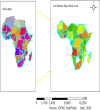

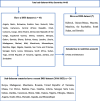
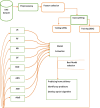



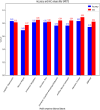
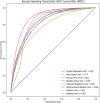

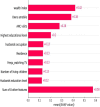
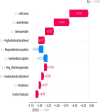
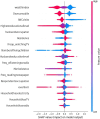
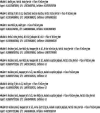
References
-
- Gultie T, et al. Home delivery and associated factors among reproductive age women in Shashemene town, Ethiopia. J Women’s Health Care. 2016;5(300):2167–420.
-
- Kucho B, Mekonnen N. Delivery at home and associated factors among women in child bearing age, who gave birth in the preceding two years in Zala Woreda, southern Ethiopia. J Public Health Epidemiol. 2017;9(6):177–88.
-
- Mrisho M, et al. Factors affecting home delivery in rural Tanzania. Tropical Med Int Health. 2007;12(7):862–72. - PubMed
MeSH terms
LinkOut - more resources
Full Text Sources

